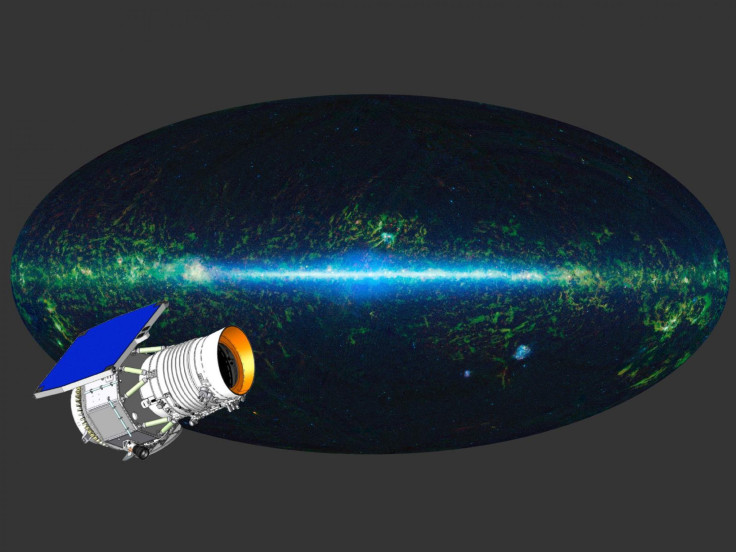WISE Eye In The Sky: Resurrection Of A NASA Spacecraft To Hunt For Asteroids

WISE, a spacecraft that will help identify potentially dangerous near-Earth objects, or NEOs, and those suitable for future asteroid exploration missions, will be brought out of hibernation and reactivated to resume its service, NASA said on Wednesday.
Launched on Dec. 14, 2009 from the Vandenberg Air Force Base in California aboard a Delta II launch vehicle, Wide-field Infrared Survey Explorer, or WISE, captured about 7,500 images every day during its primary mission, which lasted from January 2010 to February 2011.
And, although its hydrogen coolant was depleted in October 2010, NASA extended the mission by four more months and named it NEOWISE, to search for hazardous comets and asteroids close to Earth’s orbit using its remaining capabilities.
Now, the spacecraft, which discovered thousands of asteroids before being packed away on Feb. 17, 2011 will resume duty, for three more years, in September pursuing NEOs and other space rocks orbiting within 28 million miles from the Earth's path around the sun.
“The team is ready and after a quick checkout, we're going to hit the ground running,” Amy Mainzer, NEOWISE principal investigator at NASA's Jet Propulsion Laboratory in Pasadena, Calif. said in a statement.
“NEOWISE not only gives us a better understanding of the asteroids and comets we study directly, but it will help us refine our concepts and mission operation plans for future, space-based near-Earth object cataloging missions.”

According to NASA, WISE is expected to use its 16-inch telescope and infrared cameras to discover about 150 previously unknown NEOs. NASA also anticipates that WISE will detect the size, thermal properties and reflectivity, or albedo, of about 2,000 other space rocks that could be the subjects of a recently-announced asteroid exploration initiative.
NEOWISE detected about 158,000 space rocks out of approximately 600,000 known objects. Its discoveries included 21 comets, more than 34,000 asteroids in the main belt between Mars and Jupiter, and 135 near-Earth objects. Until now, the spacecraft has captured more than 2.7 million infrared images and cataloged more than 560 million objects in space.
Based on observations made by WISE, NASA scientists recently confirmed that most centaurs -- small celestial bodies orbiting the sun between Jupiter and Neptune -- are comets, and not asteroids flung out from the inner solar system.
The observations also indicated that approximately two-thirds of the centaur population is dominated by comets, which come from the cold outer reaches of our solar system. However, it is not clear whether the rest of the centaurs are asteroids.
© Copyright IBTimes 2024. All rights reserved.






















